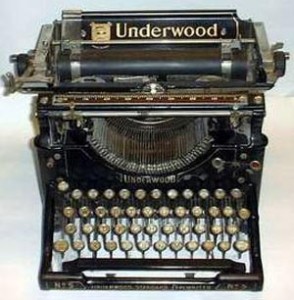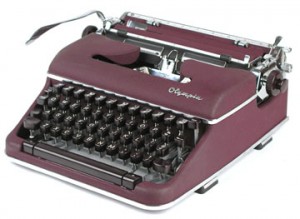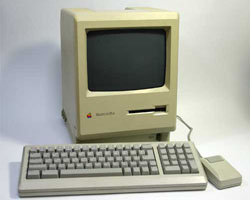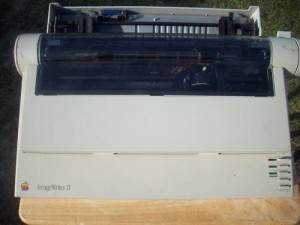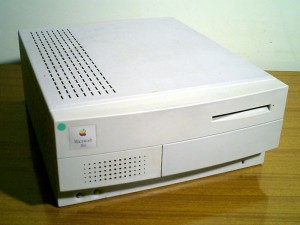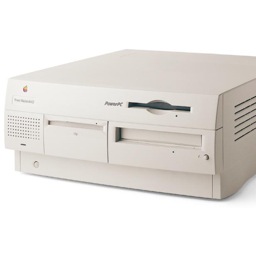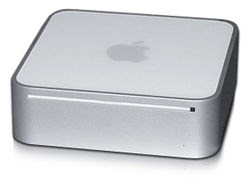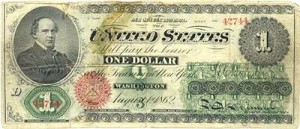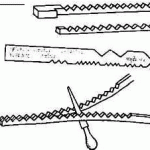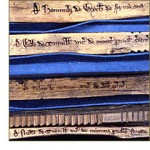Objection 2
Just look at the fiat money system we have now. It just doesn’t work. Every year the dollar is worth less than it was the year before and there are recessions and boom and bust cycles.
Answer: The money system that we now have is far from perfect and is not the one I advocate. There are three major problems with it.
First, all money placed into circulation is through loans at interest. If one borrows $100 and pays back $100 plus $10 in interest then $110 is taken out of circulation. To maintain the status quo the banks have to then loan out not $100 but $110. This system of creating money through interest bearing loans and then destroying it when the loans are paid forces the banking system to always be seeking new ways to create more money making for an unstable system that is difficult to control and predict.
Secondly, there are no controls placed on the amount of money that will be placed into circulation. If the money supply contracts, as it did with the Great Depression, then there is deflation. Money is not available for expansion and the people suffer greatly. If there is too much money added to the system there is inflation and the savings of the people lose value. Then there is always the possibility of hyperinflation that could destroy the value of money completely.
Thirdly, the money supply is controlled by the privately owned Federal Reserve, which loans money to our government at interest. Currently, interest from all sources amounts to around a half trillion dollars. It would make a lot more sense to merely create our own money with no interest. Then, if desired, we could use that half trillion to send every man, woman and child a rebate check of over $1500 a year. I say this as something that could be done not something I would recommend.
The current money system does bear a lot of responsibility for the inflation we have had but it is far from being the only factor in our various financial problems. Even with the best possible money system the economy can be challenged by speculators and outright crooks. There is a lot more to creating a stable economy than having a good money base.
Let me give just one example.
In September 1869 Jay Gould and Jim Fisk had a plan to make a killing on the gold market. Here’s how it went. They figured out that the amount of actual gold that was available in the whole country for investors to purchase was only about $5 million even though much more than that was traded on paper and also stored at Fort Knox. If they could buy a good portion of that circulating gold and hold on to it, creating a demand for more gold than would be available, they could drive its price up to $1000 or more an ounce. They moved ahead with their plan by buying large amounts of gold and holding on to it. Within weeks they drove the price of gold from $120 an ounce to $165.50.
There was just one potential problem and that was President Grant. As the price rose he could dip into the $100 billion worth of gold at Fort Knox and put it in circulation. They had people on the inside influencing Grant to not do this so they thought they had their bases covered. Grant, however, caught on to their scheme and decided to put $4 million worth of gold into immediate circulation. This move by Grant created what is called “Black Friday” (Sept 24th, 1869) when the price of gold dropped from $165.50 to $135 in one day. Since many people were buying on a margin they lost everything they had and many brokers went out of business.
Ironically, one guy who came out on top was Jay Gould who caught wind of Grant’s move and sold at around $165. This wasn’t the $1000 per ounce or more he had hoped for if Grant cooperated but he was happy to come out ahead in the end. His partner Fisk, and most gold investors, were not so lucky and lost everything.
If gold, the most stable of all metals, can be so easily manipulated by just two guys – with a great disaster only being prevented through the creation of a lesser disaster – then where is the hope of a stable economy with any currency?
Our current economic system is far from perfect. Almost everyone is not happy with it and has criticized it. Gold standard advocates are its harshest critics but they are far from being alone.
Where few have looked objectively is in comparing the current system to the systems of the past. Let’s take a brief look with an attempt to be objective.
The largest change in the money system occurred in 1913 with the creation of the Federal Reserve. For many this is seen as the year of infamy where the economic devil became incarnate.
Now the Federal Reserve System is not something I would create or endorse but neither am I that excited about returning to any system we had before 1913.
As I write this it has been 98 years after the creation of the Fed. 98 years before the Fed takes us back to 1815.
It is true that we made a lot of progress and innovation between 1815-1913 – more than at any time in the history of the world.
On the other hand, the progress since 1913 has been much more dynamic still, again more than anytime in the history of the world. Just compare life in 1869 with 98 years later to 1967 or 1913 to 2011. They are two different worlds indeed and the latter, despite the imperfections, would be picked by the vast majority as most desirable.
True we’ve had inflation, but there have been adjustments to inflation. There’s also been deflation as well as inflation.
In 1913 a dollar was worth $22.82 of 2011 dollars. This value stayed fairly stable until World War I. Then it went down in value to $11.30 by 1920. In other words, the dollar lost half of its value. This effect on currency is pretty normal during war.
After 1920 instead of inflation we had deflation and the dollar increased in value. It was 1947, or 27 years later, before inflation could sink the value of the dollar below the 1920 value. That’s a stretch of time rarely equaled by the gold standard of history. Since then we have had a fairly steady rate of inflation until the dollar is now worth about 4.4% of what it was in 1913, or 8.8% of the 1920 dollar.
The average wage in 1914 was $627.00. That equals $14,167 in 2011. But the 2011 the median household income is around $50,000, which means we have achieved over three and a half times the income we had in 1914 through this imperfect Federal Reserve fiat system. If we go back to 1861 the contrast is even more pronounced. The income at that time was only $140 per year. That would buy about seven ounces of gold. In 2011 where gold is at an all time high of over $1500 per ounce seven ounces only equals $10,500. In 2001 you could buy seven ounces of gold for a mere $1897.
It is interesting to note other quality of life improvements. The average lifespan in 1913 was only 52.5 years. Now it is 77 years. Maybe they worked themselves to death – the average workweek was over 55 hours for much less money than is made today.
Over 60 times the number of babies died at birth and the hospitals were so bad that people were afraid to go there.
The three leading causes of death were: pneumonia and influenza, tuberculosis and diarrhea. These are now way down the list and have been replaced by heart disease, cancer and strokes.
Yes, our journey of progress has not been perfect but few would want to go back to the good old days.
If we have made such progress as improved standard of living, sending men to the moon, developing sophisticated computers, the internet and many time saving advances with a very flawed financial system just imagine what we could have done with a really good one.
Perhaps the major flaw blamed on the current money system is inflation, but most of our inflation has not been caused by the fiat system, but by government borrowing. If our Congress had the common sense of the average family they would stay within a budget and there would be little or no inflation.
“But,” says the fundamentalist, “if we were on the gold standard Congress would not be able to borrow like they do with fiat money.”
Bad argument. As soon as there was any major problem when on the gold standard they threw it out the window and borrowed bundles of money. This happened during the Civil war and World War I. The are also so many ways to create simulated money today that no possible gold standard could keep us out of debt. The only way to control our debt is to control Congress. If we have a perfect money system mixed with a drunken spending Congress there will be deficits.
Conclusion: Yes, the Federal Reserve fiat banking system is far from perfect, but neither has it been as bad as believed by many. It has served us as well as money systems in the past which also were far from perfect.
Read This entire series. Here are the links.
- The Economy – One Last Chapter
- Creating Sound Money
- The Gold Standard, Part 1
- The Gold Standard, Part 2
- The Gold Standard, Part 3
- The Gold Standard, Part 4
- The Gold Standard, Part 5
- The Gold Standard, Part 6
- The Gold Standard, Part 7
- The Fed and Common Sense
- Additional Points
- Alternative Currency
- Giving Away Our Power
- Parable of Money Systems
- To Fiat or Not Fiat
- Fiat Money of the Past, Part 1
- Fiat Money of the Past, Part 2
- Fiat Money of the Past, Part 3
- Fiat Money of the Past, Part 4
- Fiat Money of the Past, Part 5
- Fiat Money of the Past, Part 6
- Examining Fiat Money
- A Flawed Money System
- The Ideal Money
- A Time for All Things
- The New Greenback
- Narrowing the Focus
- People Taking Charge
- Creating Wealth
Copyright 2011 by J J Dewey
Index for Older Archives in the Process of Updating
Easy Access to All the Writings
For Free Book go HERE and other books HERE
JJ’s Amazon page HERE
Gather with JJ on Facebook HERE
